Kamchatka Peninsula, a remote and rugged land in Russia's Far East, is home to some of the most breathtaking natural wonders on Earth. Here, the fiery breath of volcanoes meets the icy grip of the Arctic, creating a surreal landscape where geothermal springs bubble beneath snow-capped peaks. But what makes this place truly magical is the rare convergence of two phenomena: steaming volcanic hot springs and the shimmering dance of the Northern Lights.
The peninsula's volcanic activity is relentless, with over 160 volcanoes, 29 of which are still active. This geothermal energy heats countless natural springs, turning them into warm oases amidst the frozen tundra. Locals have long revered these waters for their healing properties, but in recent years, adventurous travelers have discovered another reason to brave the subzero temperatures—soaking in these outdoor pools while the aurora borealis paints the sky overhead.
The Science Behind the Spectacle
What makes Kamchatka's geothermal springs particularly special is their mineral composition. Rich in sulfur, calcium, and magnesium, these waters maintain a steady temperature between 38°C to 45°C (100°F to 113°F) even when air temperatures plummet to -30°C (-22°F). The contrast creates rising steam that sometimes appears to merge with the auroras, producing an effect photographers have dubbed "the dragon's breath."
The Northern Lights occur more frequently here than in many better-known Arctic destinations. Kamchatka's position beneath the auroral oval, combined with its minimal light pollution, makes it one of the most reliable places on Earth to witness this celestial phenomenon. During solar maximum years, the lights may appear up to 200 nights annually, with peak visibility from September through April.
When Fire and Ice Collide
Dawn at Mutnovsky Volcano offers perhaps the most dramatic setting. As first light touches the smoking craters, bathers in nearby thermal pools can watch the fading auroras compete with the rising sun. The steam from the springs freezes instantly in the cold air, creating delicate ice crystals that catch both the morning light and any remaining auroral colors.
Further north, the Uzon Caldera presents a different experience. This massive volcanic depression contains dozens of hot springs and bubbling mud pots surrounded by snow-covered meadows. At night, the entire caldera seems to glow—warm earth tones from the geothermal features below meeting the cool greens and purples of the auroras above.
Cultural Significance
For the indigenous Koryak and Itelmen peoples, these geothermal areas have always been sacred spaces. Ancient legends speak of the auroras as spirits dancing across the sky, while the steaming springs were considered gateways to the underworld. Today, some local guides incorporate these traditions into their tours, sharing stories around the springs as visitors wait for the lights to appear.
Modern scientists have found evidence that these beliefs may have practical origins. The mineral-rich waters do possess genuine therapeutic benefits, particularly for joint and skin conditions. Some researchers speculate that the combination of warm immersion and spectacular night skies may have provided psychological relief during the long, dark winters.
The Best Times to Witness the Phenomenon
While the hot springs are accessible year-round, the ideal viewing window for the aurora overlaps with the most challenging weather conditions. Late February through early April offers the best compromise—cold enough for frequent auroral displays but with slightly more manageable temperatures for outdoor soaking. The spring equinox in March is particularly prized, as solar activity tends to peak around this time.
Full moon nights create a different but equally stunning effect. The moonlight reflects off the snow and steam, while still allowing the auroras to shine through. This illumination also makes it easier to navigate the sometimes treacherous paths to more remote springs.
Practical Considerations for Visitors
Reaching Kamchatka's best aurora-viewing hot springs requires careful planning. Many are located in remote areas of the Kronotsky Nature Reserve, accessible only by helicopter or tracked vehicles during winter. Permits are required for most locations, and visitors must be accompanied by licensed guides due to the unpredictable volcanic activity and extreme weather.
The most developed option is the Paratunka resort area, just an hour from Petropavlovsk-Kamchatsky. While the light pollution reduces aurora visibility somewhat, the convenience and amenities make it a good choice for those less accustomed to wilderness conditions. For the truly adventurous, multi-day camping trips to backcountry springs offer the most pristine experiences.
Whatever location visitors choose, proper preparation is essential. Temperatures can swing dramatically, and wet clothing in subzero conditions poses serious risks. Most guides recommend bringing dry bags for storing clothes and using provided changing tents rather than attempting to undress in the open air.
A Changing Landscape
Climate change has begun altering this delicate balance of fire and ice. Some springs have noticeably cooled in recent decades, while others have disappeared entirely as permafrost melts and alters underground water flows. The auroras, too, may become less frequent as solar cycles shift in coming years.
For now, though, Kamchatka remains one of the few places where humans can literally immerse themselves in the planet's internal heat while watching solar winds ignite the upper atmosphere. It's a reminder of Earth's incredible dynamism—where deep geological forces meet cosmic energies in a display that feels both ancient and ephemeral.
As one regular visitor described it: "Sitting in that steaming water with snow in my hair and the sky on fire above me, I understood for the first time why people once believed in gods of the earth and sky. In that moment, the whole planet felt alive."
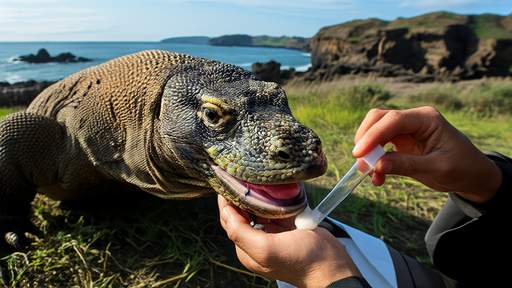
By /Jun 5, 2025
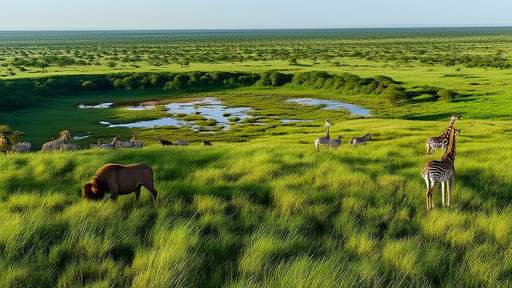
By /Jun 5, 2025
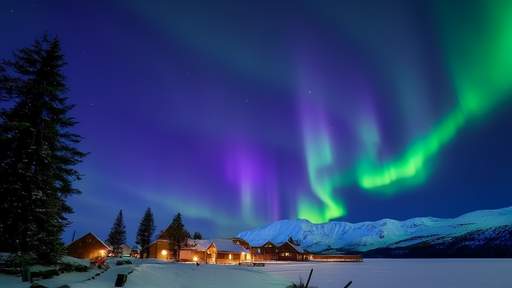
By /Jun 5, 2025
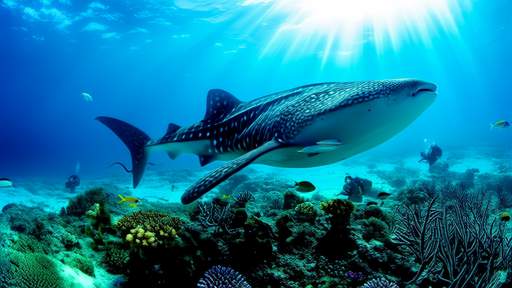
By /Jun 5, 2025
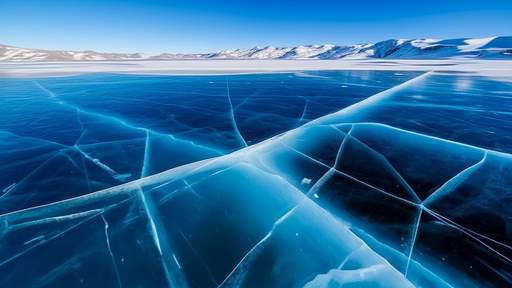
By /Jun 5, 2025
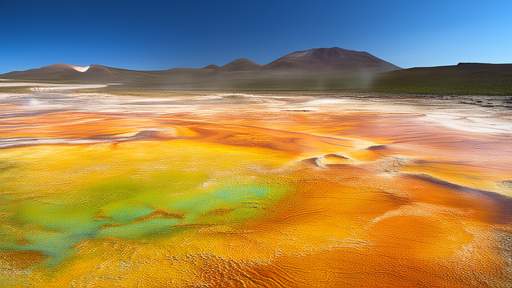
By /Jun 5, 2025
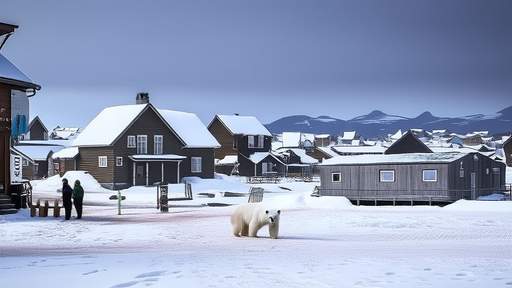
By /Jun 5, 2025
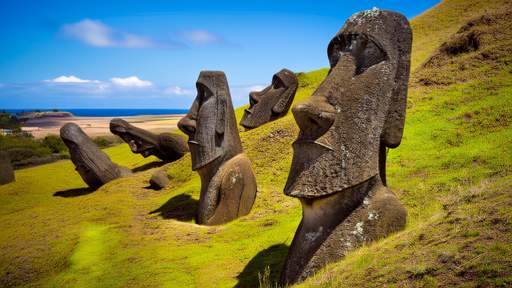
By /Jun 5, 2025
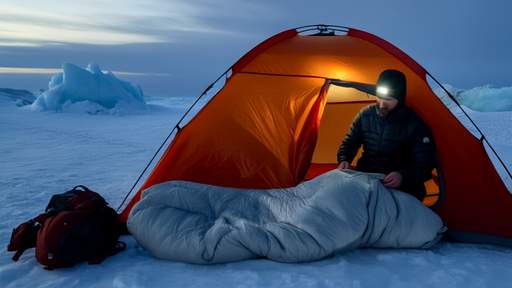
By /Jun 5, 2025

By /Jun 5, 2025
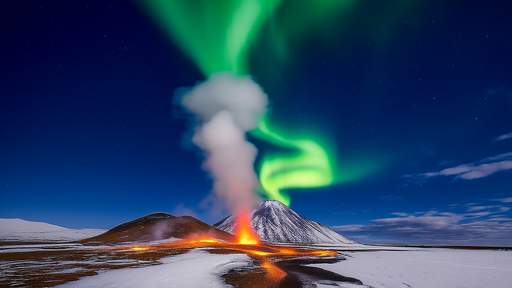
By /Jun 5, 2025
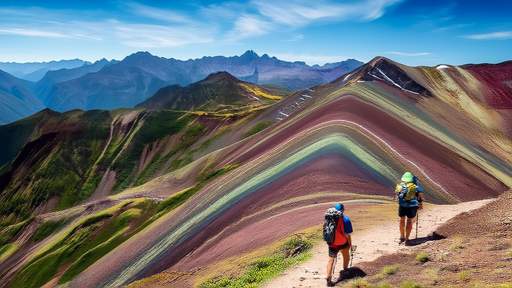
By /Jun 5, 2025
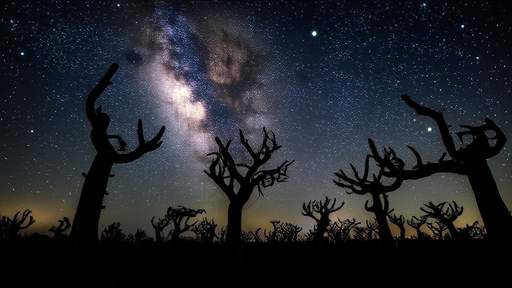
By /Jun 5, 2025
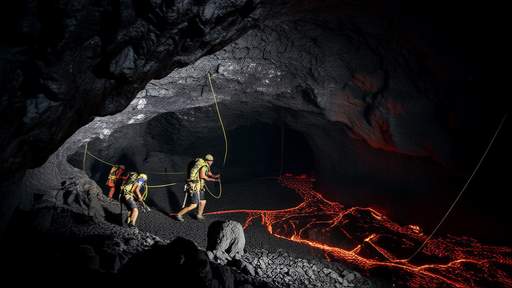
By /Jun 5, 2025
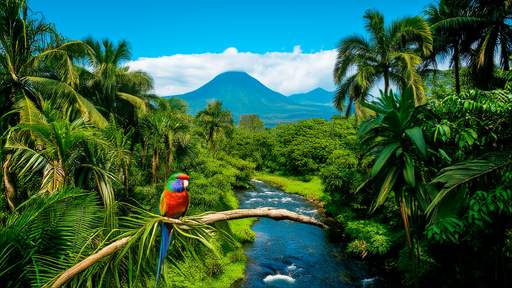
By Victoria Gonzalez/Jun 4, 2025

By Grace Cox/Jun 4, 2025
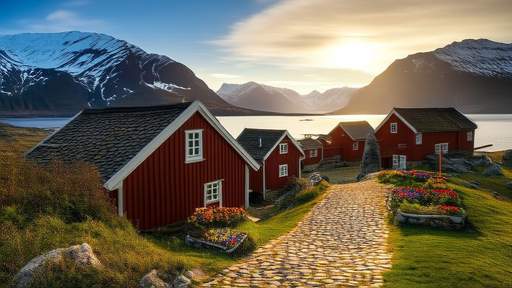
By Sophia Lewis/Jun 4, 2025
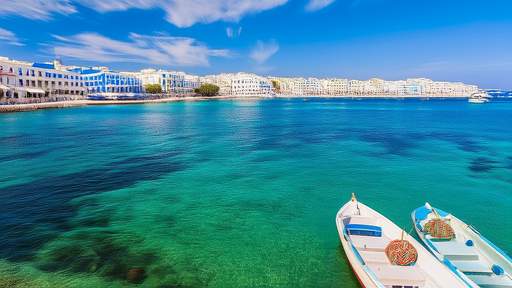
By Elizabeth Taylor/Jun 4, 2025
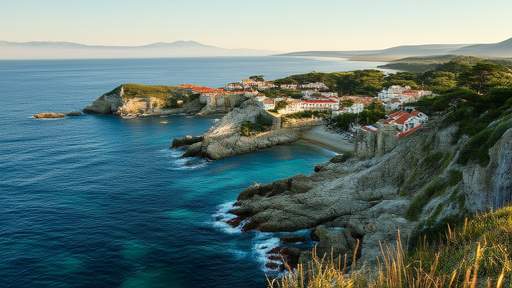
By Megan Clark/Jun 4, 2025

By Megan Clark/Jun 4, 2025